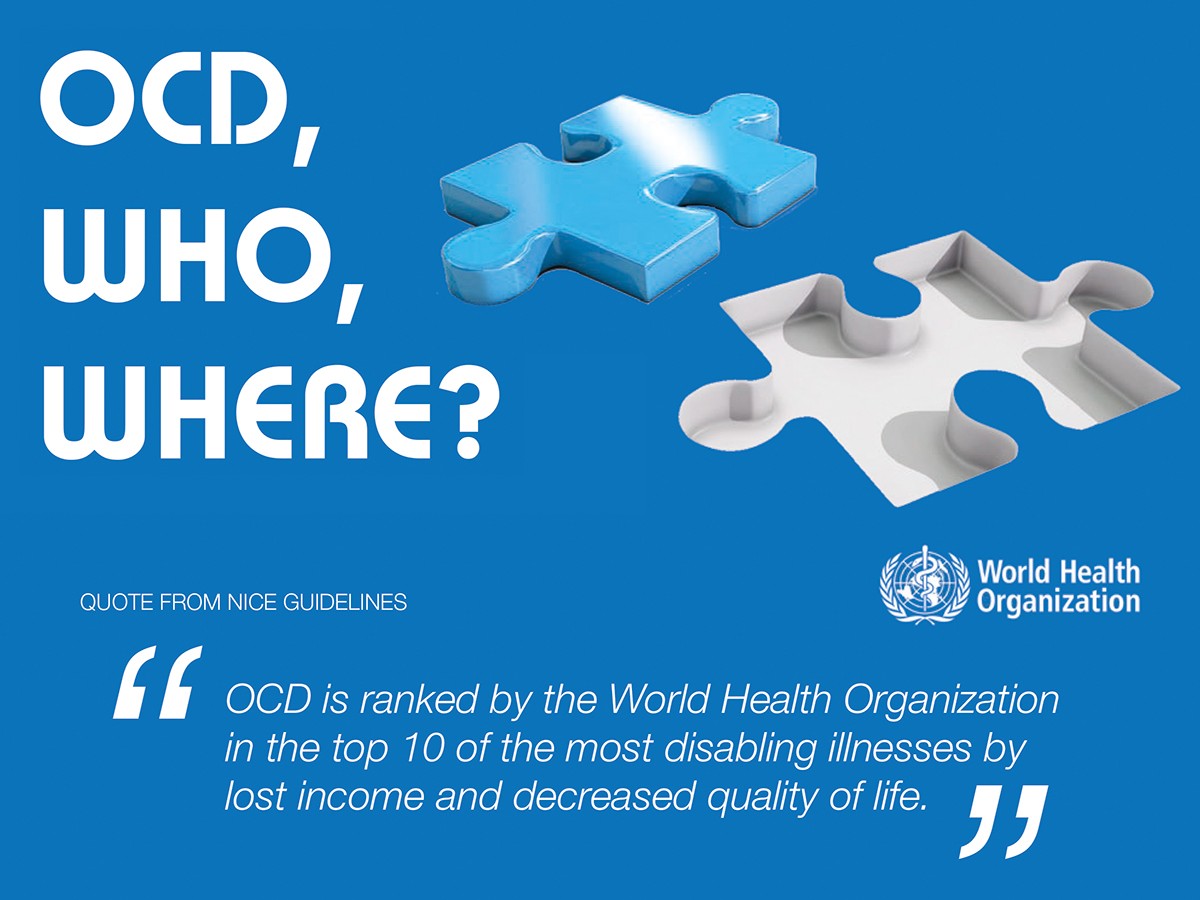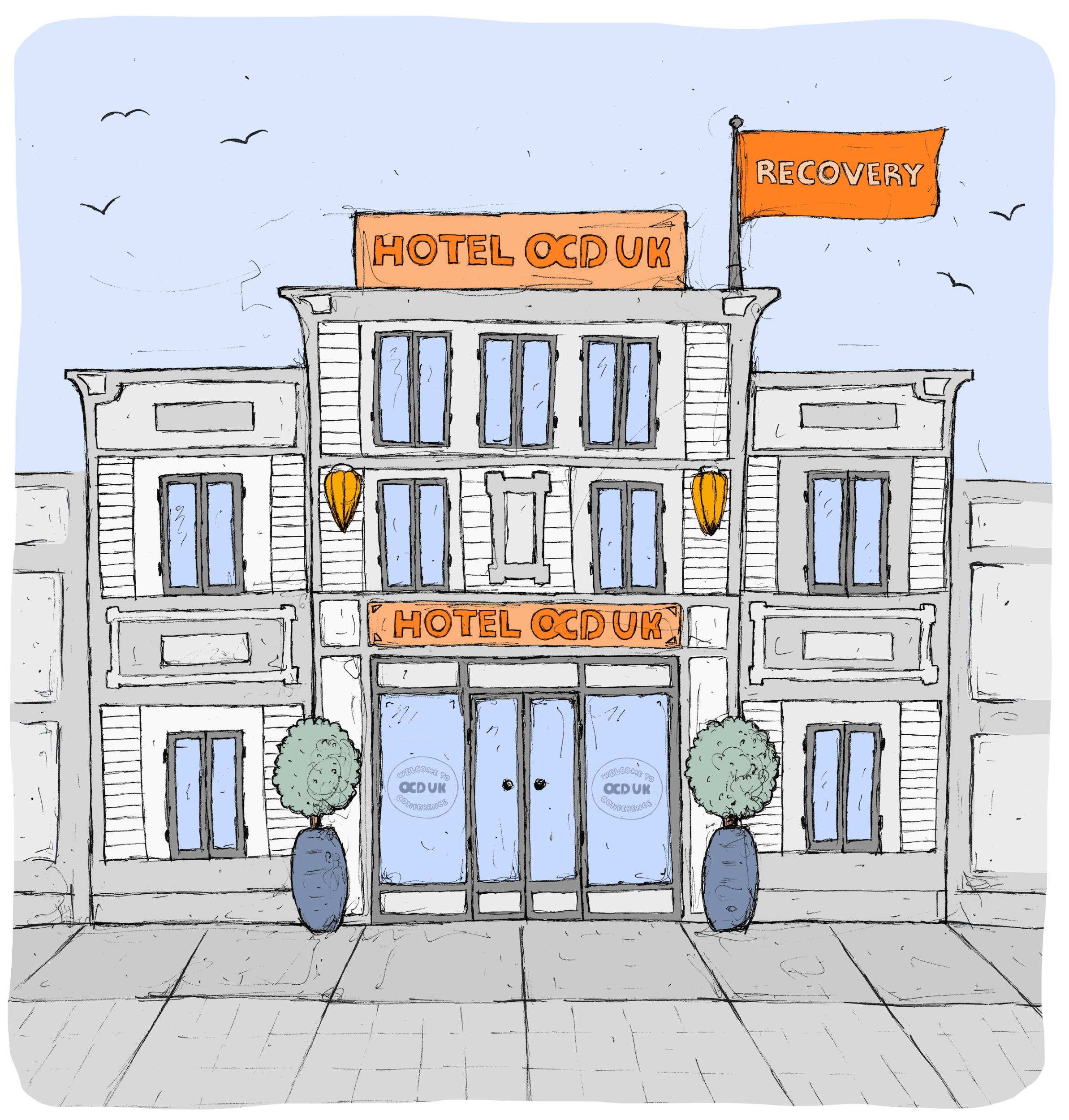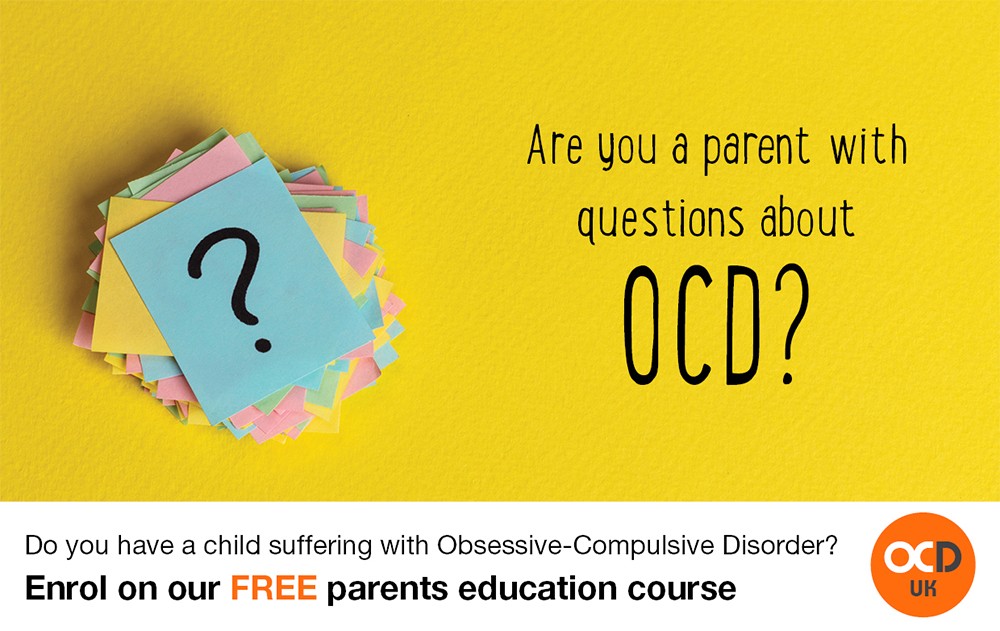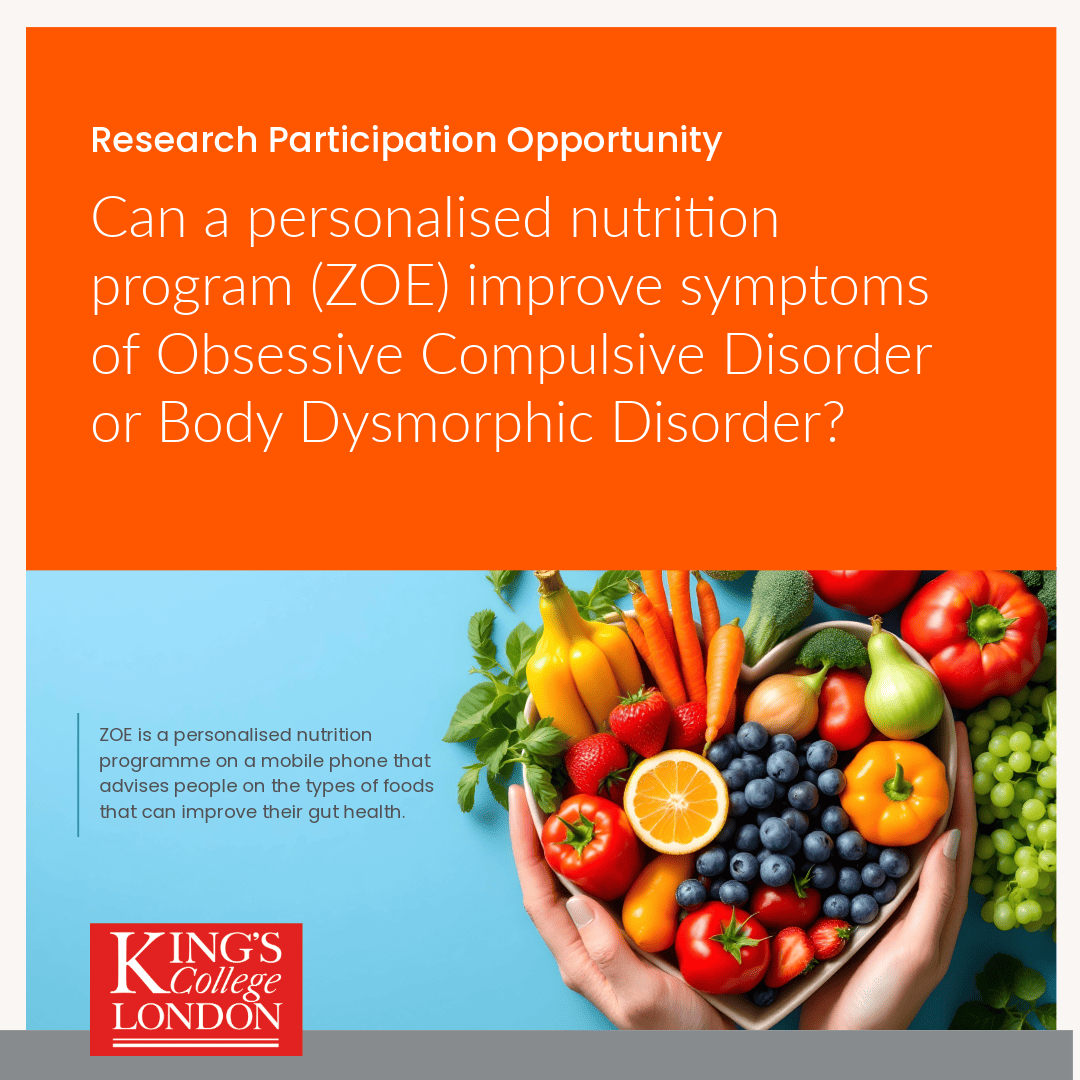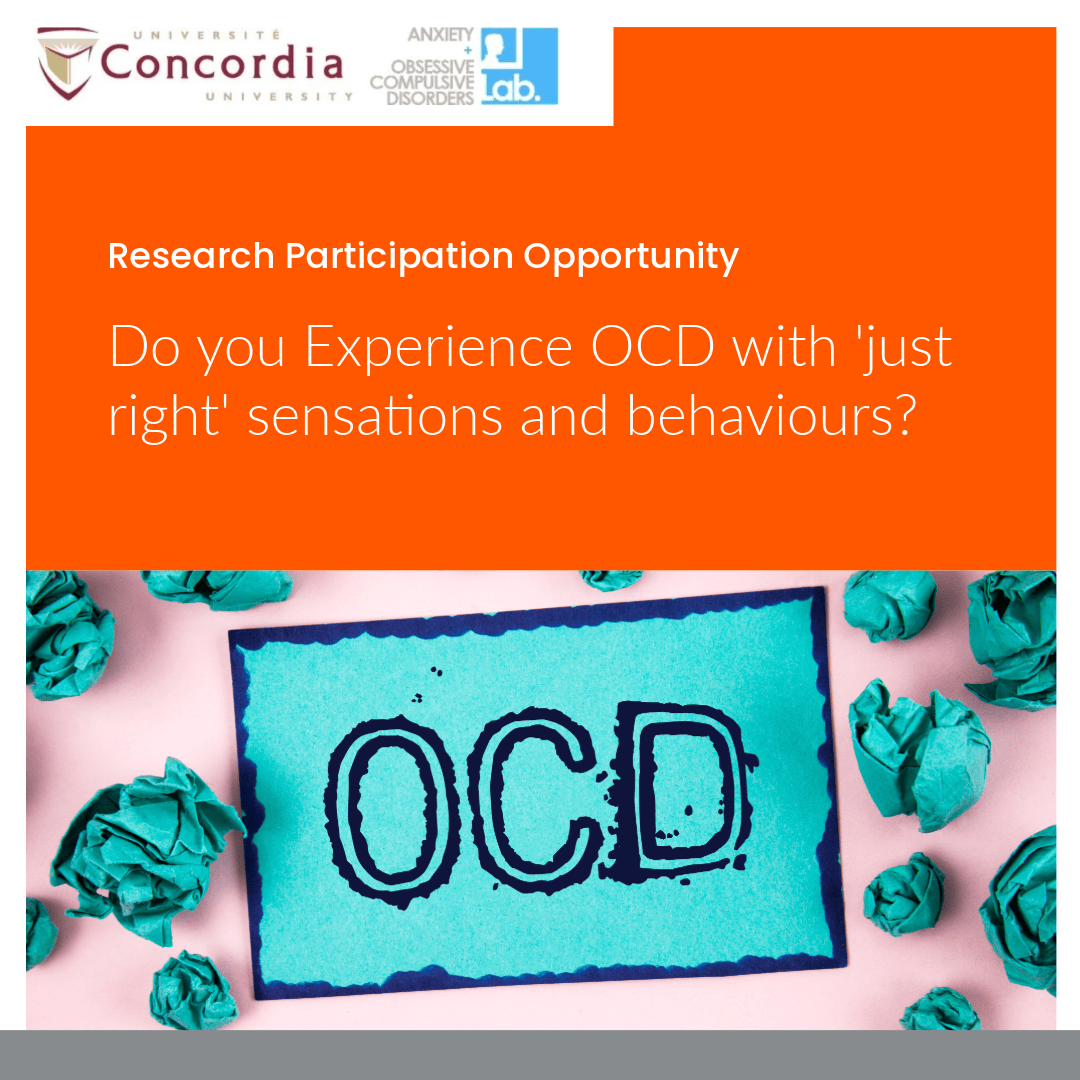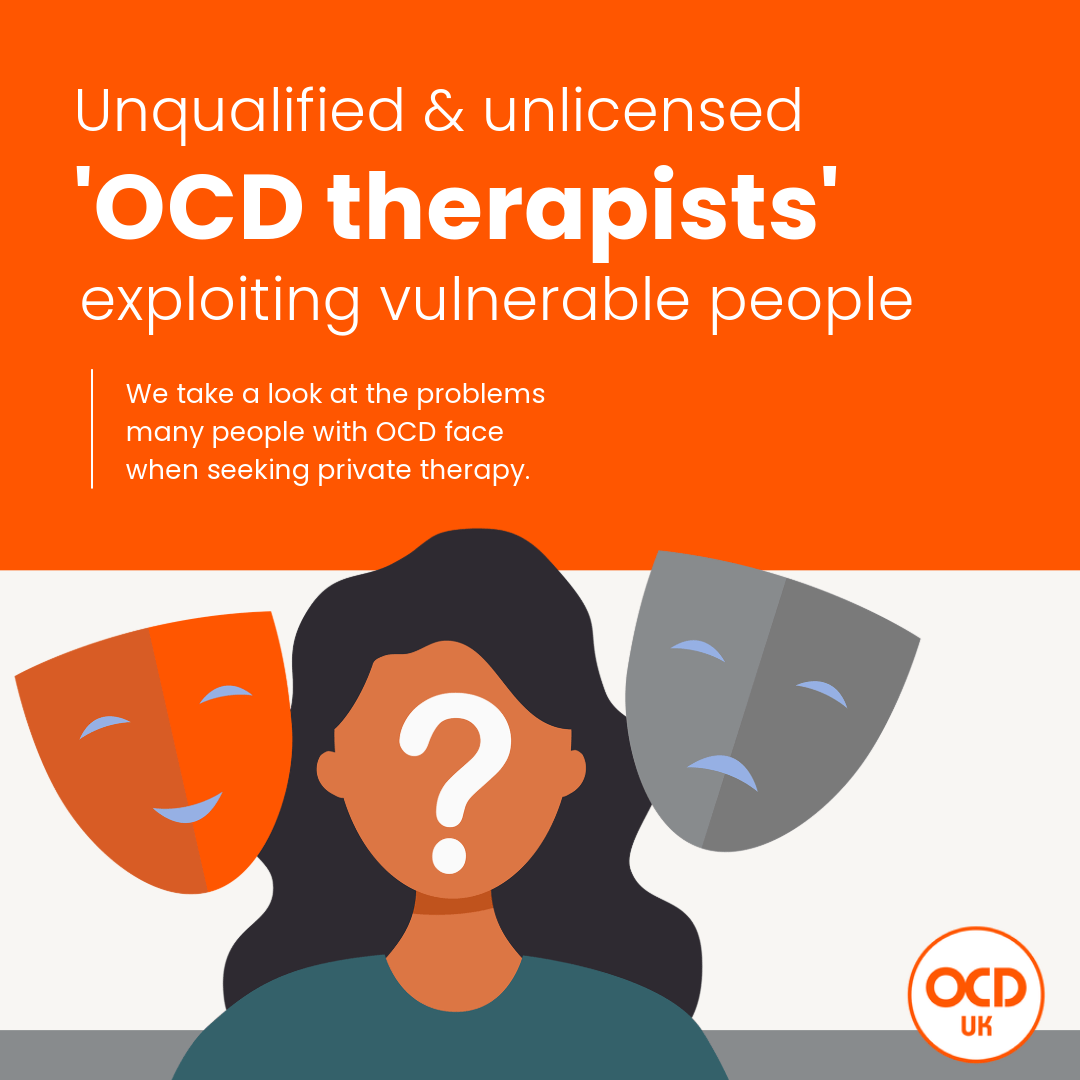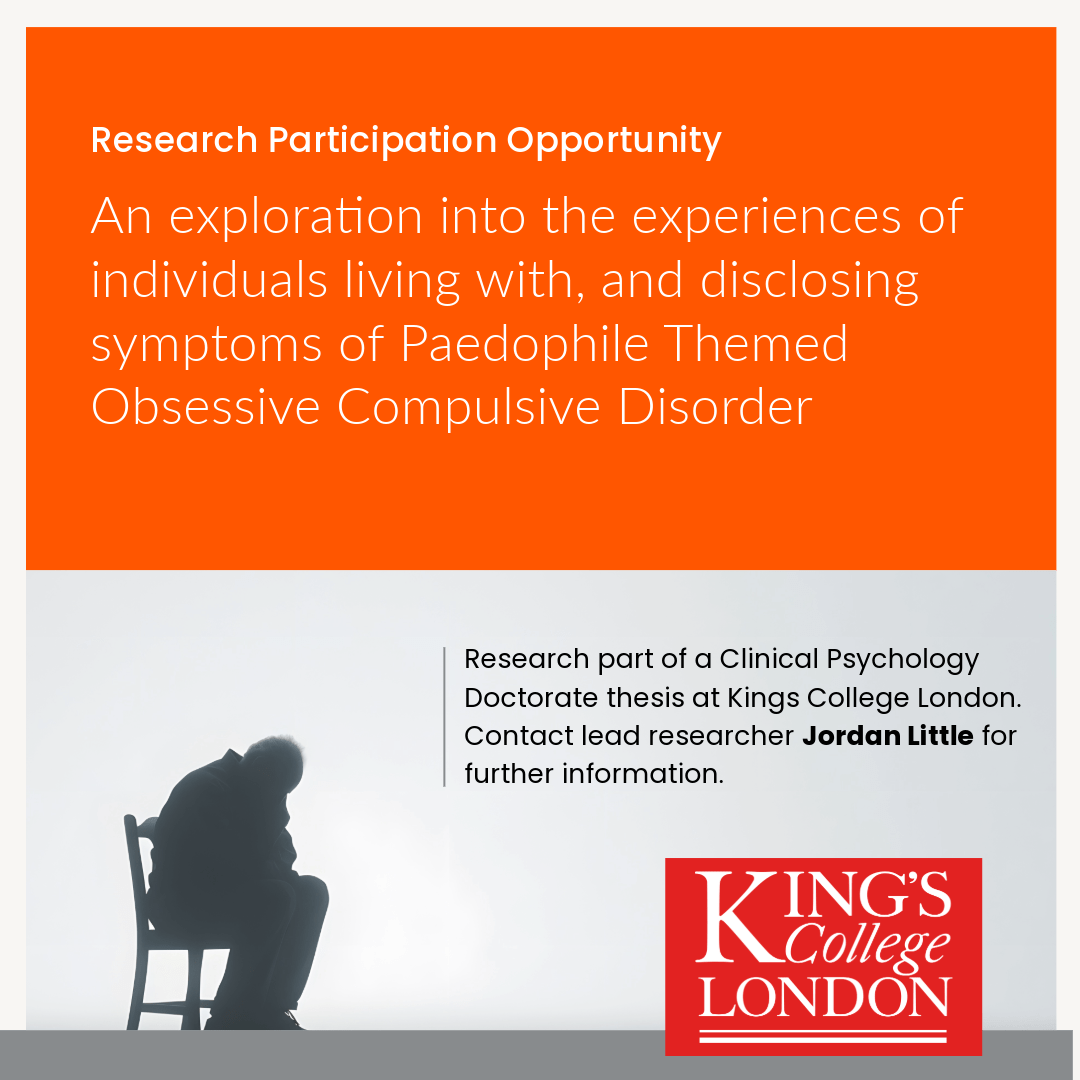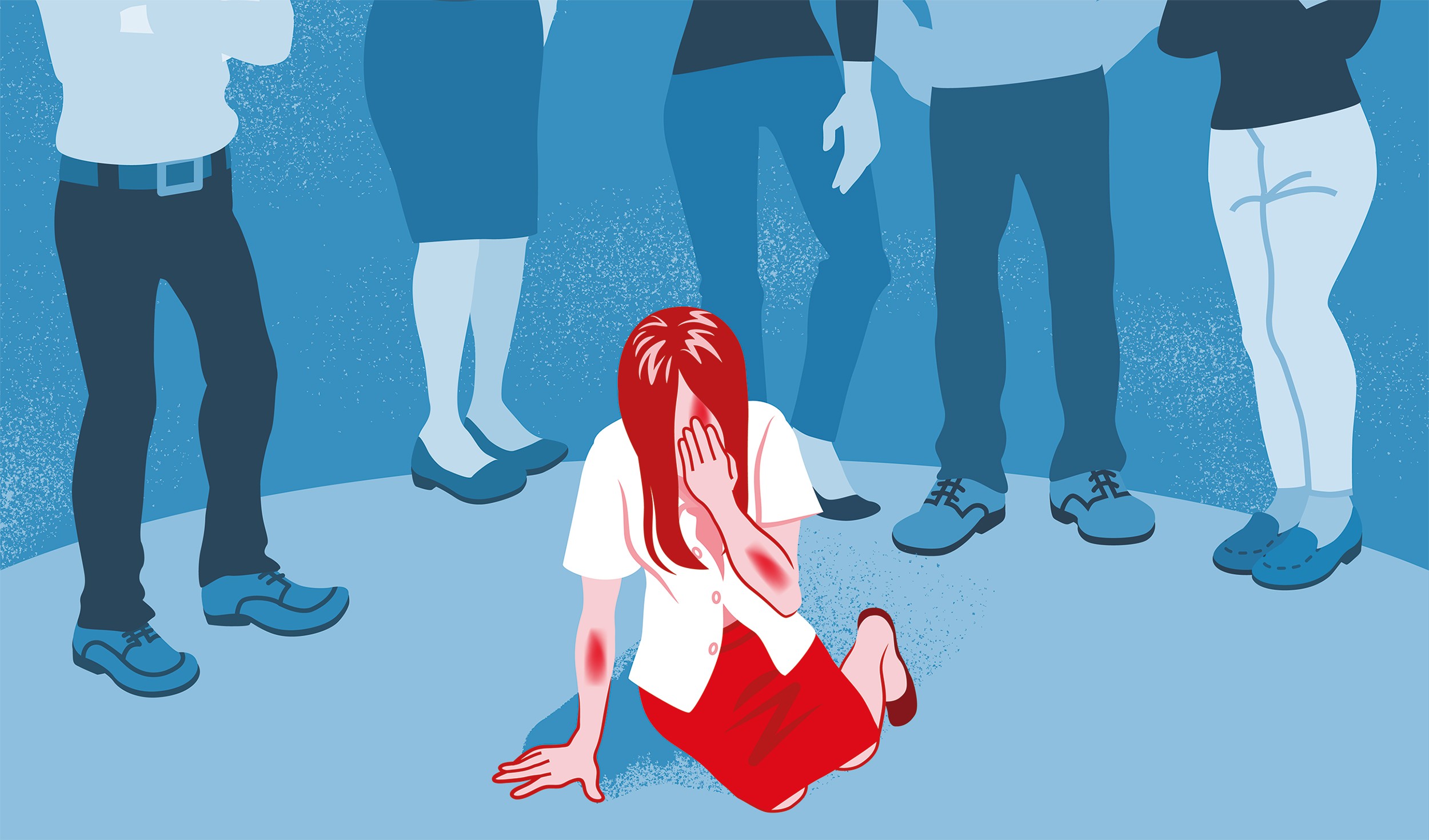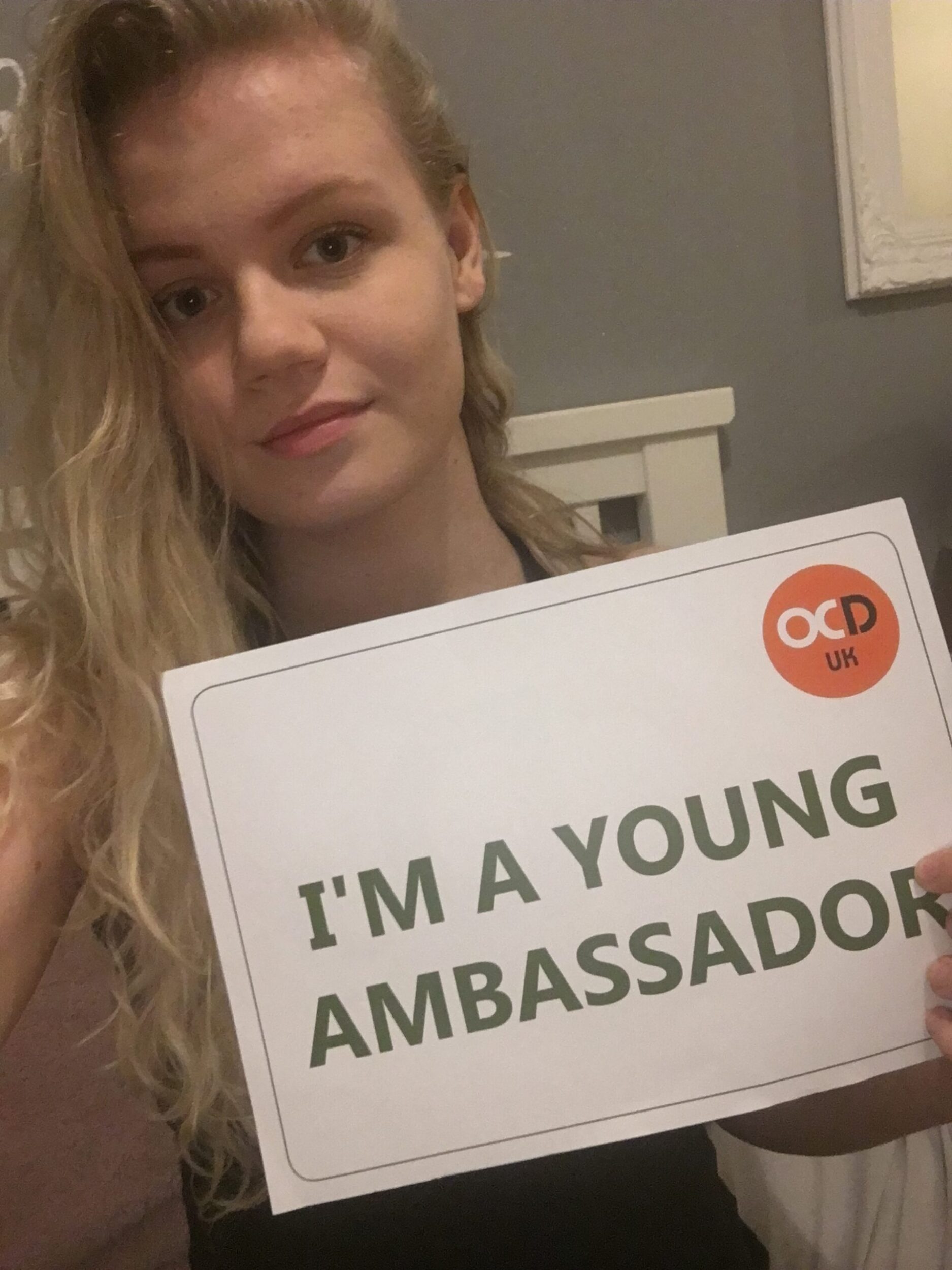Body Dysmorphic Disorder (BDD) is an anxiety disorder whereby a person is abnormally preoccupied with an imagined defect in their physical appearance that is not observable or appears only slight to others.
Just like the term OCD, the term BDD is frequently misused and is sometimes unhelpfully called the ‘imagined ugliness’ disorder by the media, which fails to recognise the distress caused by the disorder.
It was also formerly known as, and is still sometimes referred to as Dysmorphophobia.
At some time or another, almost everybody feels unhappy about the way they look, but these thoughts come and go and can be forgotten. However, for someone with BDD the thought of a flaw is very distressing and does not go away. Even though other people may think there is nothing wrong with the way the person looks, for the sufferer it can lead to depression, self-harm and/or thoughts of suicide, with frequent suicide attempts sadly not uncommon for someone suffering with BDD.
They may compare their looks with other people’s, worry that they are physically flawed and spend a lot of time in front of a mirror concealing what they believe is a defect.
In a similar way to OCD, people with BDD will routinely engage in time consuming compulsive rituals and behaviours (e.g., mirror checking, excessive grooming, skin picking, or reassurance seeking) or mental acts (e.g., comparing one’s appearance with that of other people) in response to their appearance concerns.
BDD obsessions may manifest themselves as excessive, disproportionate concerns about a minor flaw, or as recurrent, anxiety-provoking thoughts about an entirely imagined defect. The obsessions are most frequently focused on the head and face, but may involve any body part. When others tell them that they look fine or that the flaw they perceive is minimal, people with BDD find it hard to believe this reassurance.
The most common preoccupations concern the skin, hair, nose, eyes, eyelids, mouth, lips, jaw, and chin. However, any part of the body may be involved and the preoccupation is frequently focused on several body parts simultaneously. Obsessions typically involve perceived or slight flaws on the face, asymmetrical or disproportionate body features, thinning hair, acne, wrinkles, scars, vascular markings, and pallor, or ruddiness of complexion. All of which frequently lead to avoidance of social situations, relationships and intimacy. It’s frequently reported that people with BDD have high rates of unemployment and social isolation.
There’s currently limited research on the course and prognosis of BDD, and the data on the prevalence of BDD is generally lacking. BDD usually develops in adolescence and/or young adulthood, a time when people are generally most sensitive about their appearance. According to the Diagnostic and Statistical Manual of Mental Disorders (DSM), to fulfil diagnostic criteria for BDD, the person must also be significantly distressed or handicapped in his or her occupational and social functioning.
Here in the United Kingdom, the limited data we have suggests current estimates are that 0.5% of the population have BDD, from children and young people to older adults, which equates to 5 out of every 1000 people. That is some 308,960 people based on the 2009 population estimate.
While not unique to women, the condition is more predominant amongst females, although clinical samples tend to suggest it affects both sexes equally. It has been noted that BDD has features that are quite similar to those of OCD, with some studies showing that many of the people that suffer from BDD also suffer from OCD.
Although the two disorders are different, there are also many similarities. For example, a person with BDD may have to repeat certain acts such as:
- Checking how they look
- Seeking reassurance about their looks
- Picking their skin to make it ‘feel’ smooth or ‘just right’
- Repeatedly grooming their hair, eyebrows or make-up to feel ‘just right’
- Avoiding mirrors to avoid being triggered by their reflection
Common BDD obsessions involve concerns about the face, namely the nose, the hair, the skin, the eyes, the chin, or the lips. Flaws on the face or head, such as hair thinning, acne, wrinkles, scars, vascular markings, paleness or redness of the complexion or excessive hair are perceived as major concerns. Sufferers may also be concerned about a lack of symmetry, or feel that something is too big or swollen or too small, or that it is out of proportion to the rest of the body. Any part of the body may however be involved in BDD including the breasts, genitals, buttocks, abdomen, hands, feet, legs, hips, overall body size, body build or muscle bulk. These concerns lead most patients to engage in compulsive behaviours, such as mirror checking, excessive grooming, and skin picking.
The behaviour of BDD sufferers will include some or all of the following:
- Checking the appearance of a specific body part in mirrors
- Camouflaging a perceived defect with clothing or makeup
- Excessive grooming, by combing, shaving, removing or cutting hair, applying makeup
- Picking their skin to make it smooth
- Picking the skin around a perceived defect
- Comparing the appearance of a perceived defect with that of others
- Dieting and excessive exercise or weight lifting
- Avoiding social situations in which a perceived defect might be exposed
- Possibly seeking surgery or dermatological treatment despite being told that surgery is not required
Although some people with this disorder manage to function well, despite their distress, most find that their concerns about their appearance cause significant problems for them. They may find it hard to concentrate on their job or school work, which may suffer as a result, and relationship problems are common.
People with BDD will usually feel very self-conscious in social situations and generally have a very poor quality of life. For example, a person with BDD may feel that they cannot go out in public unless they have hidden the problem area in some way with clothing, make-up or covering with hair. This can seriously affect a person’s quality of life affecting both employment and relationships.
People living with BDD are not vain, but believe themselves to be ugly or defective. They tend to be very secretive and reluctant to seek help because they are afraid that others will think them vain or self-obsessed. Sufferers may also experience periods of depression, anxiety, and even suicidal thoughts because of their preoccupation with the perceived flaw.
Some people have resorted to cosmetic surgery (including dangerous and painful ‘do it yourself’ surgery), which can cause high levels of distress, is unlikely to improve the symptoms and has been shown to have poor outcomes. Just like ‘once is never enough’ with OCD compulsions, the same is often said with BDD compulsions like having surgery, once is rarely enough!
The NICE Guidelines do address this point with the following guidance:
If you have arranged to see a healthcare professional about having cosmetic surgery or treatment for any skin conditions, and you have or are thought to have BDD, you should be offered an assessment by a mental health professional with specific expertise in BDD.
In the previous chapter we looked closely at how OCD is diagnosed, and BDD is not too dissimilar in that a health professional should ask questions relevant to you and your problems. The NICE Guidelines make the following suggestions as questions that a health professional might ask you:
- Do you worry a lot about the way you look and wish you could think about it less?
- What specific concerns do you have about your appearance?
- On a typical day, how many hours do you worry about your appearance?
- What effect does it have on your life?
- Does it make it hard to do your work or be with friends?
There is still not a known single clear cause for Body Dysmorphic Disorder, but experts believe that biological, psychological and socio-cultural factors have contributed to its emergence. Psychological factors such as teasing about one’s appearance during childhood, family or peer emphasis on appearance and trauma or sexual abuse might also be risk stimuli for the expression of symptoms. Just as with OCD, right now we simply don’t have a definitive cause for BDD.
Treating BDD
The treatments for BDD are very similar to those for OCD, with the treatment found to be the most effective in successfully treating it being Cognitive Behavioural Therapy (CBT). Some people find they also need the additional support of anti-depressant medications to help them through the therapy which will usually be a form of anti-depressant SSRI (Selective Serotonin Re-uptake Inhibitor) medication.
CBT will teach BDD sufferers to confront their fears without camouflage and to stop all ‘safety behaviours’ such as excessive camouflage or avoiding showing one’s profile. This means repeatedly learning to tolerate the resulting discomfort and to test out their beliefs. Facing up to the fear becomes easier and the anxiety gradually subsides. Sufferers begin by confronting simple situations and then gradually work up to more difficult ones. Read more about CBT within our treatment section.
What to read next:



